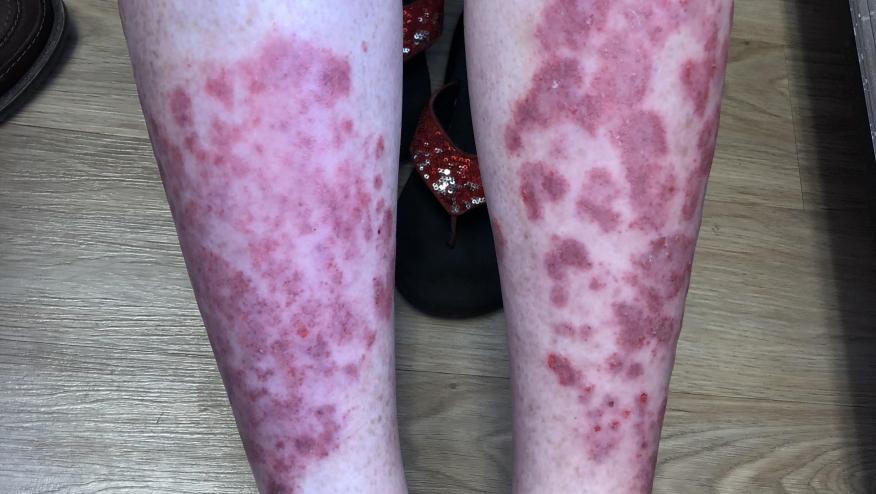Differences in Biologic Persistence in Psoriasis and Psoriatic Arthritis Save

Administrative claims analysis of biologic use in psoriasis (PsO) and psoriatic arthritis (PsA) in French health insurance databases shows that despite widespread biologic use, overall drug persistence (beyond 3 years) was low for PsO and PsA biologics.
The study cohort included 16,892 PsO and 6531 PsA patients who were new users of biologics between 2015 and 2019, and were followed through 2021. The cohort included PsO 10,199 patients (60.4%) treated with a tumor necrosis factor (TNF) inhibitor; 3982 (23.6%), with an interleukin 12 and interleukin 23 (IL-12/23) inhibitor; and 2711 (16.0%), with an interleukin 17 (IL-17) inhibitor. Among the 6531 PsA patients 4974 (76.2%) started on a TNF inhibitor; 803 (12.3%), with an IL-12/23 inhibitor; and 754 (11.5%), with an IL-17 inhibitor.
The overall 3-year persistence rates were 40.9% and 36.2% for PsO and PsA, respectively. Caveats included:
- IL-17 inhibitor was associated with better persistence (compared with the TNF inhibitor in PsO and PsA; and compared to IL-12/23 inhibitor use in PsA)
- IL-12/23 inhibitor was associated with higher persistence than TNF inhibitor use in PsO patients
- PsO patients - there was no difference between the IL-17 inhibitor and IL-12/23 inhibitor persistence noted.
While IL-17 inhibitor survival maybe higher, overall biologic persistence was low suggesting that long-term management of PsO and PsA may require several courses of different agents over time.









If you are a health practitioner, you may Login/Register to comment.
Due to the nature of these comment forums, only health practitioners are allowed to comment at this time.